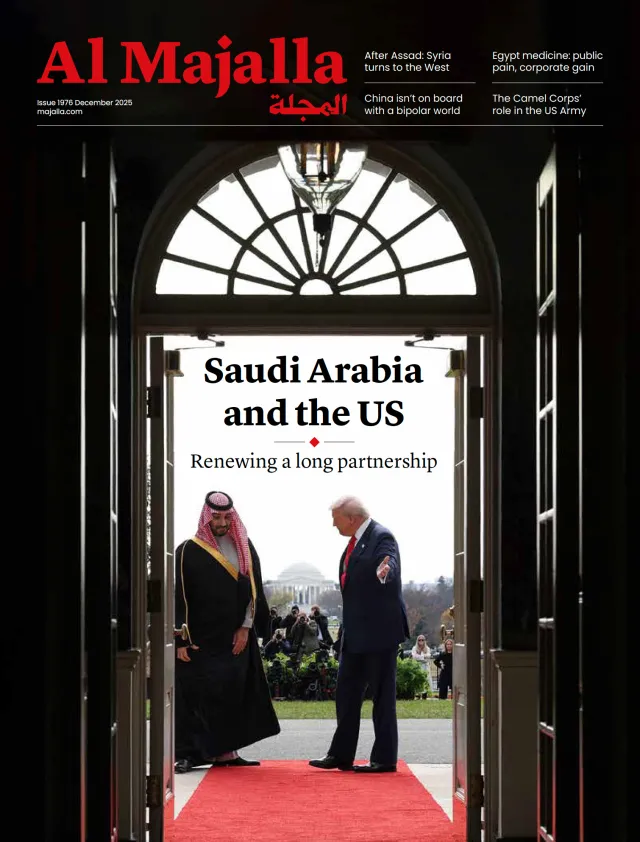Donald Trump has repeatedly announced that he is retiring from the Middle East. He said that the wars in this region are endless and that Washington has paid enough in both blood and money. As a result, he chose to withdraw and turn inward toward the American homeland.
But the Middle East, as always, does not allow anyone to leave easily, regardless of their political temperament. Retirement is not an option. In this defiant region, if you do not go to it, it comes to you.
Today, Trump II returns to a region he believed had become part of America’s past. He comes back to celebrate the Gaza ceasefire deal he once enforced—a deal intended to stop the bloodshed, end a war that has drained all parties, and usher in a more complex phase in Gaza following a ceasefire and the release of prisoners.
This agreement may also open the door to new opportunities across the region. It is a political and humanitarian landscape that draws Trump back into a game he has repeatedly tried to exit.
The irony is clear. The president who championed the policy of "America First" finds himself once again in the heart of a region he once tried to oversee from a distance. His return is not the result of a personal choice, but of unavoidable realities. He was no longer in the White House when Israel's war on Gaza began two years ago.
Lasting legacy
Yet his legacy continues to shape events: unwavering support for Israel, harsh sanctions on Iran, and the transformation of the Abraham Accords into a foundation for gradual normalisation with Israel.
In the first year of his second term, Trump renewed his political and military support for Benjamin Netanyahu and the US struck Iran’s nuclear facilities. His current presence among the ruins of Gaza isn't a fresh foray; it is an extension of a continuous journey.




